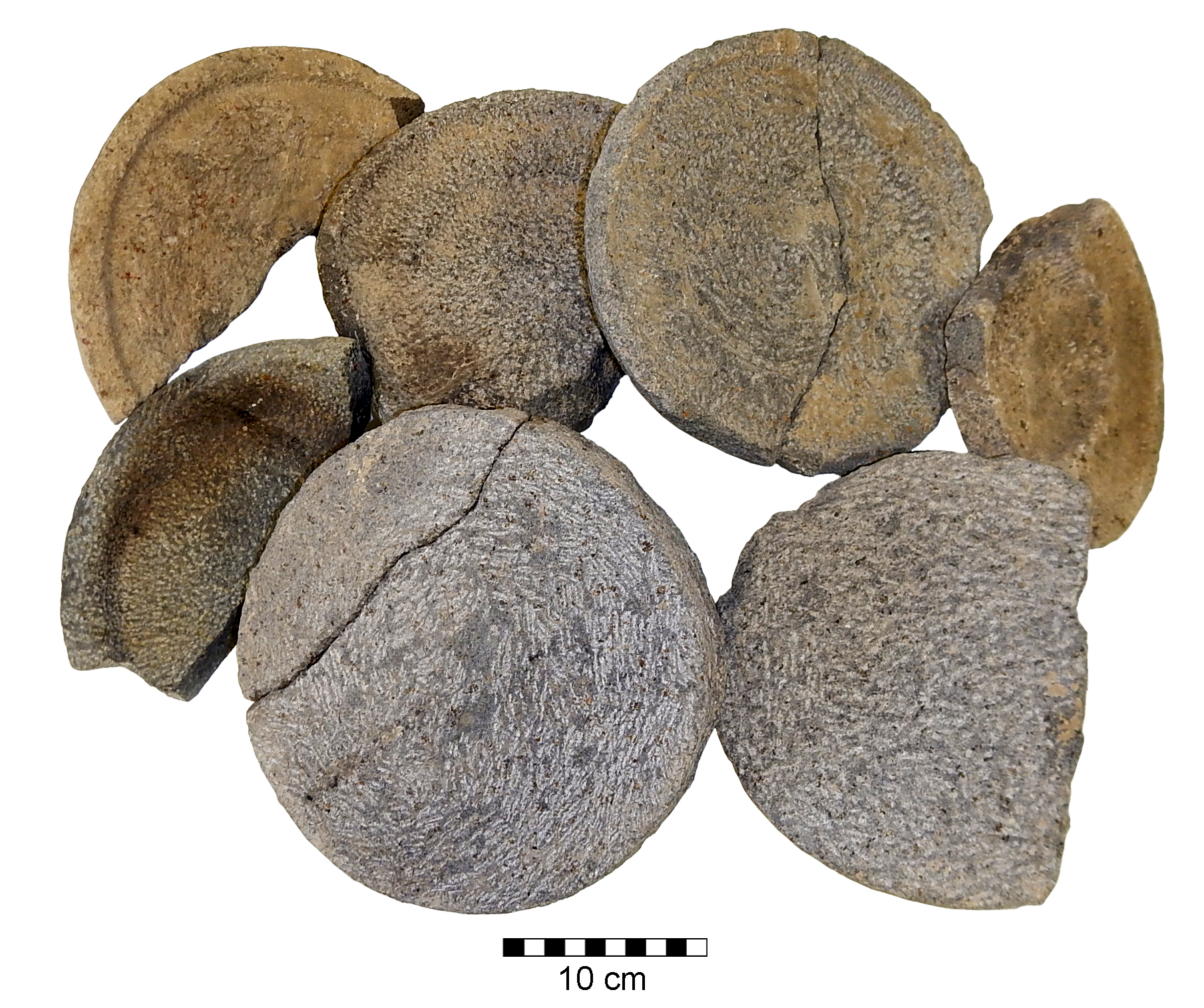Hazor is Bronze and Iron Age tell site covering 200 acres and featuring monumental palatial architecture. It is situated in the northern Galilee, in the southwestern part of the Hula Valley, in strategic location that allowed it to control one of the major routes between Egypt, Syria, and Mesopotamia, making Hazor one of the most important biblical-era settlements in the Near East. Extensive excavations revealed an Iron Age basalt vessel workshop. Within the workshop, alongside production debris, numerous unfinished vessels in various stages of productions were recovered.
Relevant publications:
Ebeling, J. and Rosenberg, D. 2015. A basalt vessel workshop and its products at Iron Age Hazor, Israel. Journal of Field Archaeology 40(6): 665–674.
Gluhak, T.M., Ebeling, J. and Rosenberg, D. 2021. Geochemical provenance studies of basalt vessel preforms from the Iron Age workshop at Tel Hazor, Israel, and potential geological sources. Archaeometry 63(4):25-38. doi.org/10.1111/arcm.12691
Gluhak, T., Rosenberg, D., and Ebeling, J. 2016. Raw material variability as archaeological tools: Preliminary results from a geochemical study of the basalt vessel workshop at Iron Age Tel Hazor, Israel. Journal of Lithic Studies 3(3): 169–189.
Rosenberg, D. and Ebeling, J. 2018. Romancing the stones: The Canaanite artistic tradition at Israelite Hazor. Biblical Archaeological Review 44(1): 46–51.



